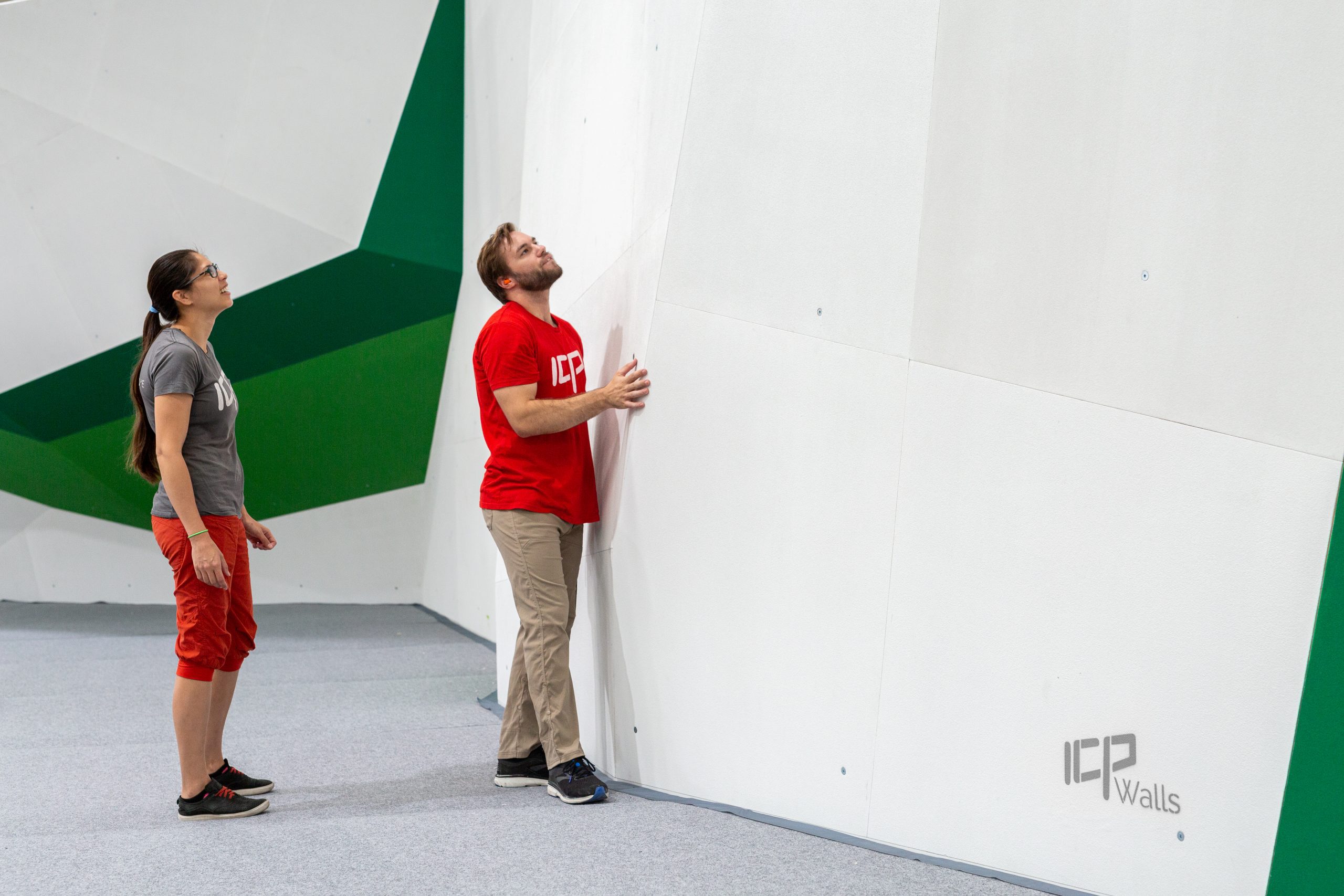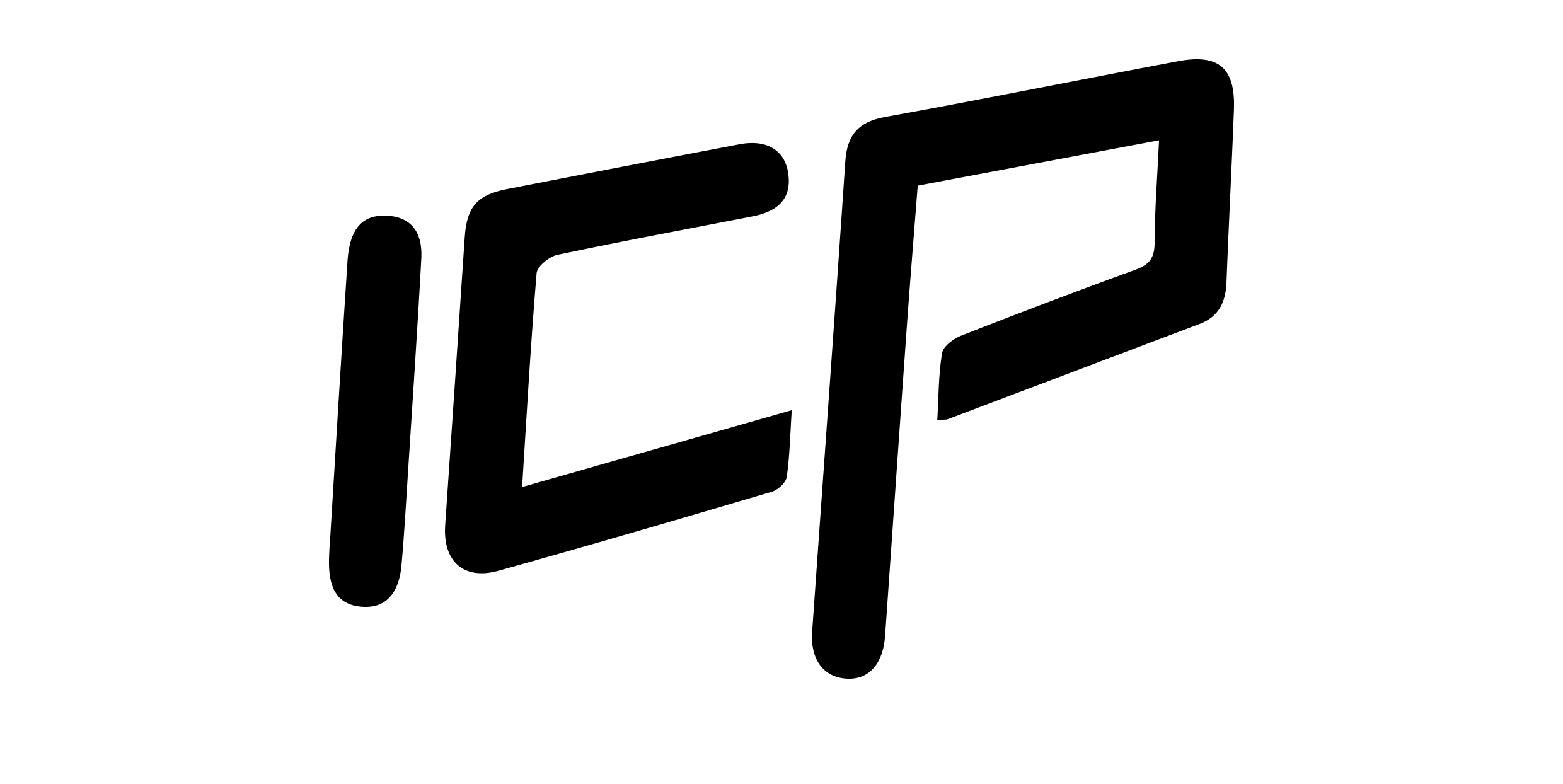Boulder Walls: Daily Inspections
Daily inspections of bouldering wall surfaces are essential for maintaining a safe climbing environment. Regular visual inspections are crucial for identifying any changes or deformations in the wall surface, trims, grab lines, and structure. For reference the Australian Standard 2316.1.2:2021, outlines that these checks should be conducted on a daily basis to identify obvious hazards. These checks should adhere to your local standards and regulations to ensure comprehensive safety.
In addition to the obvious hazards on bouldering wall surfaces, ICP recommends that the climbing hold attachment points are regularly checked as they can loosen over time and with repeated use. Regular inspections can help identify and manage potential risks effectively, contributing to a safer and more enjoyable climbing experience.

Rope Walls: Daily Inspections
Similar to daily inspections of bouldering walls, it is essential to conduct daily visual checks of the climbing surface for rope walls. Rope walls include various safety equipment that must be inspected regularly. It is recommended that all safety equipment be monitored, maintained, and rotated according to local safety regulations. Additionally, it is important to adhere to the specific guidelines provided by your wall manufacturer to ensure that daily inspections cover all necessary items. Below are some rope wall-specific items that ICP recommends for daily visual inspection:
Top Rope Anchor Attachment Points: Regularly inspect for any signs of wear or damage. While some bevelling of an edge is common, any significant change in the depth or length of an eyelet should be isolated and addressed with a risk assessment by a qualified individual.
Ground Belay Anchor Attachment Points: Ensure that there is no loosening, wear, or damage. The ring bolt should be firmly tightened and flush with the lower sleeve. Any noticeable change in the eyelet’s depth or length should be isolated and managed with a risk assessment by a competent person.
Lead U-bolts: Inspect for any signs of loosening, wear, or damage. The U-bolt should be securely tightened and flush with the wall, with no movement. Any changes in the depth or length of an eyelet must be isolated and handled with a risk assessment by a competent individual.

Safety Matting: Daily Inspections
Impact Attenuation Systems, or safety matting, are crucial for keeping climbers safe. Therefore, daily checks of the matting are essential for maintaining a secure climbing environment. It is important to follow local safety regulations and the guidelines provided by your specific matting manufacturer.
Inspect the matting daily for gaps, potential entrapment, shifting in the matting surface and lower layers, rips, tears, holes, delamination of surfaces or joining strips, and any separation of the joining strips from the matting cover. Additionally, ensure the matting surface remains even by checking for uplifting, decreases in surface height, and any obstacles left on or under the matting, such as water bottles or shoes.
If any risks are identified, isolate the area from use and have it repaired by a qualified technician.

Annual Climbing Wall Inspections
Adhering to the Australian Standard 2316.1.1:2021 and 2316.1.2:2021 through annual inspections is essential for several reasons. Primarily, these inspections ensure compliance with legal and insurance requirements, as the standard outlines specific guidelines for the design, construction, and maintenance of artificial climbing structures. Regular inspections are vital for identifying potential hazards, such as loose holds, structural weaknesses, or worn-out equipment, which could lead to accidents. By conducting annual inspections, facility operators can effectively manage and mitigate risks associated with climbing activities, thereby protecting users and reducing liability. Additionally, these inspections help maintain the climbing wall and associated equipment in optimal condition, extending their lifespan and ensuring a safe and enjoyable experience for climbers. Maintaining detailed records of inspections and any remedial work is crucial for accountability. These records also serve as an important reference for future inspections and maintenance activities.
Schedule your Annual Inspection with ICP, the industry professionals who possess the knowledge and expertise to ensure the safety of your staff, patrons, and community. If you have any questions or would like to learn more about safety inspections contact ICP.






